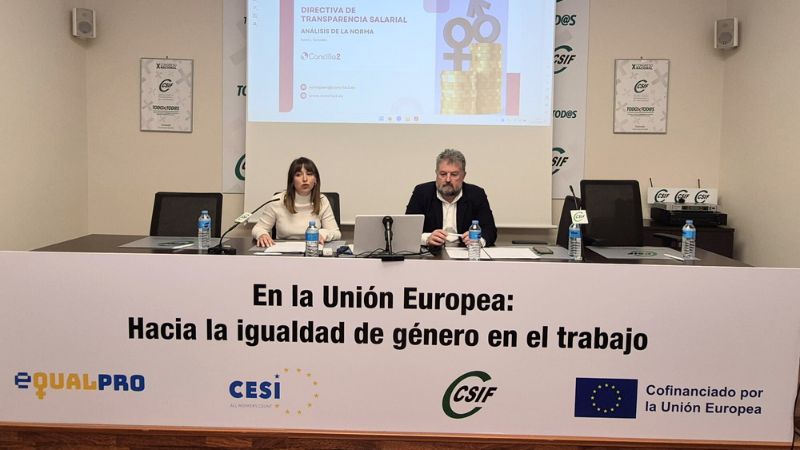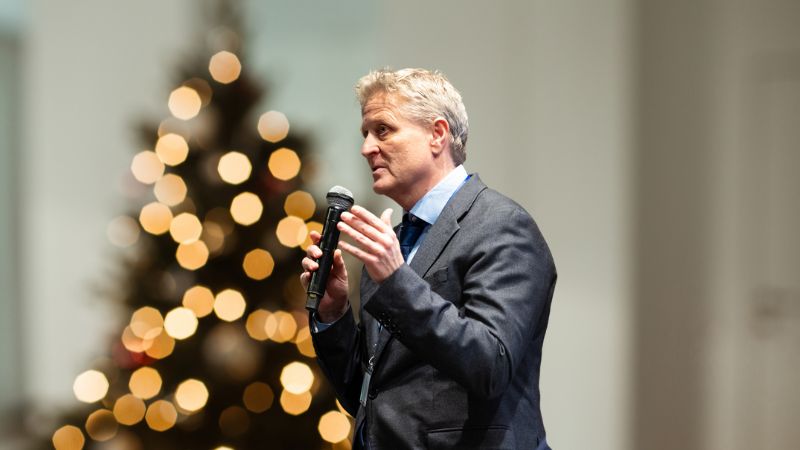

Once the early days of confinement were over and we had overcome the initial bewilderment, we quickly saw that the only option remaining to save teaching was to look to online solutions using digital platforms and tools.
With the crisis not set to abate any time soon, the only option has been to improvise. The educational system was not in a position to switch to online learning in record time in order to respond to a situation like this. It has meant taking major methodological strides in the use of digital tools to ensure that academic activities remained within reach of the entire student population.
It goes without saying that teachers, families, pupils and educational administrators have all reacted with the utmost goodwill but the fact remains that, with this shift to an online learning system, not everyone had the same conditions starting out, nor have they had access to the same resources and capacities. The result is that the digital divide has revealed enormous differences among the students who have not been able to get their online learning processes up and running in time as they enter the final part of the school year. From the moment the alert was issued and educational centres closed their doors, teaching staff have made colossal efforts, beginning with making their own IT infrastructure available to the system, and then having to adapt to this new situation in which neither all schools nor all families had the digital tools to be able to resume normal academic activity and take on such a monumental challenge in such a short space of time.
We have had to resort to digital platforms and major digital applications launched by major corporations and the biggest names in multinational communications, who have had to adapt to this highly complex reality as it has unfolded. Educational authorities have also attempted to address the inadequacies urgently, offering digital tools to the students most in need, but they have not been able to compensate for all of the shortcomings. All of this has further highlighted the economic and social inequalities of our education system which, although they may be becoming less apparent in the classroom day-to-day, have only grown larger at home since confinement.
ANPE (Spanish National Association of Teachers) has called upon the Ministry of Education and Autonomous Educational Communities to draft clear and specific instructions to adapt the end of the school year and to regulate learning conditions, adapt curricula contents and standardise the criteria, assessment, graduation and certification of students. This has not been an easy undertaking as we have had to adapt to this new teleworking reality to relay these measures to authorities and publicise our proposals and demands to all teaching staff. The aim of these proposals is to ensure that the educational system suffers as little disruption as possible, for institutions’ autonomy to be respected as well as teachers’ academic freedom and for the principle of equal opportunities to be upheld for all students in all parts of our national territory.
To date, we still do not know how long this situation will last and whether or not this term will see a return to classroom teaching. At ANPE we have said that if at all possible, and only pending relevant authorisation from the health authorities, this would only apply to the students approaching the end of their courses and aiming to graduate, thus minimising disruption to their educational and personal prospects. We refer to students in the fourth year of their secondary (compulsory) education, the second year of Baccalaureate and the final courses of basic, intermediate or upper level vocational education. Regardless of the final decision, we have to prepare ourselves for the forthcoming academic year against an uncertain and worrying backdrop in which the pandemic is not yet under control.
For this reason, we have contacted the educational authorities to raise issues which we consider as priorities: the first is to draft basic legislation for the whole State on adapting the curriculum, assessment criteria, course promotion and graduation requirements. The second has to do with a possible return to classroom teaching by the next academic year which will require health safeguarding protocols spanning the full spectrum of measures put in place to protect the health of the whole educational community. Access to institutions and the use of all facilities must be regulated in a way that respects all disinfecting and social distancing measures. It is likely that flexible timetables and shift patterns will be required to meet all of these requirements. The third fundamental issue in our view is to draft a digitalisation plan for the whole State which includes common digital tools and platforms available to all students and their families so that no student is denied the possibility of continuing to learn and supplement their knowledge online. We have to be prepared for a scenario that alternates between classroom learning and remote teaching.
We can only reiterate once more our public gratitude and support to the whole teaching body for the commitment, effort and professional dedication they have shown in having to adapt to this new social reality and for keeping the educational process afloat under such adverse conditions.
Madrid, 27 April 2020
Nicolás Fernández Guisado
National President of ANPE (Spanish National Association of Teachers)

Image Gallery
The response of teachers in Spain to the Coronavirus crisis
Related videos
Similar Posts


Urgent call by European civil society to the European leaders and the leadership of the EU
As a proud member of the European Movement International (EMI), CESI fully supports the urgent call to defend democracy, uphold fundamental rights and the rule of law, and strengthen the EU’s capacity to act in the face of geopolitical challenges.
Get in touch
with us
Confédération Européenne des Syndicats Indépendants (CESI)
Contact form
Stay up to date
Don’t miss a thing and subscribe to our newsletter
Subscribe now and receive newsletters and much more!



